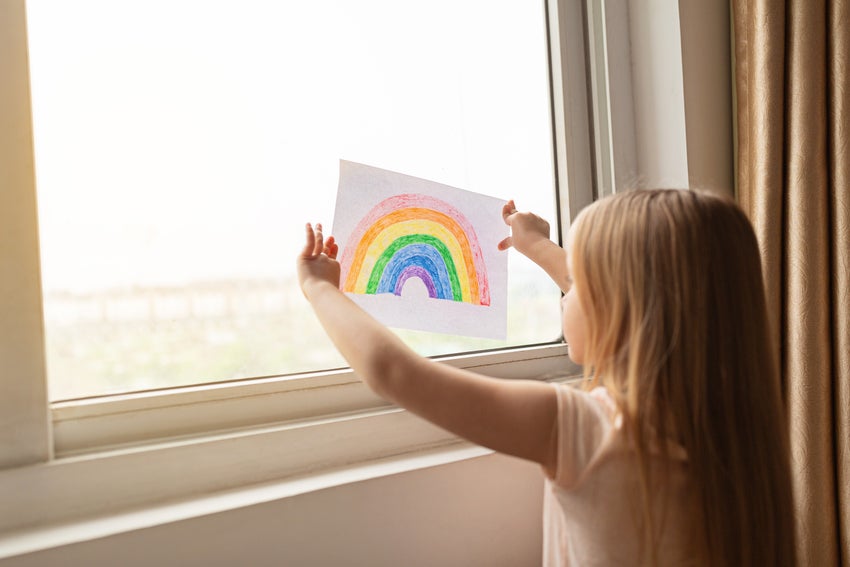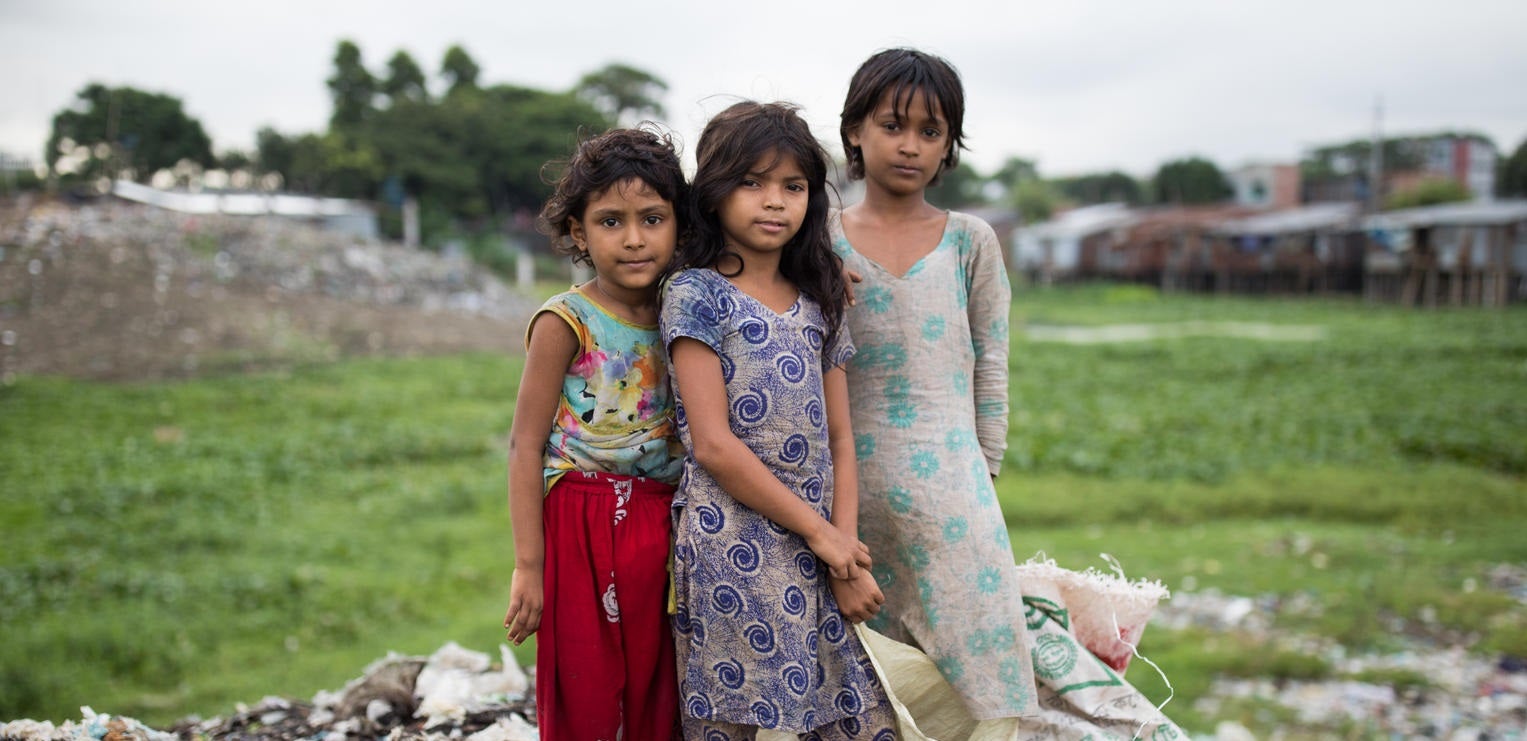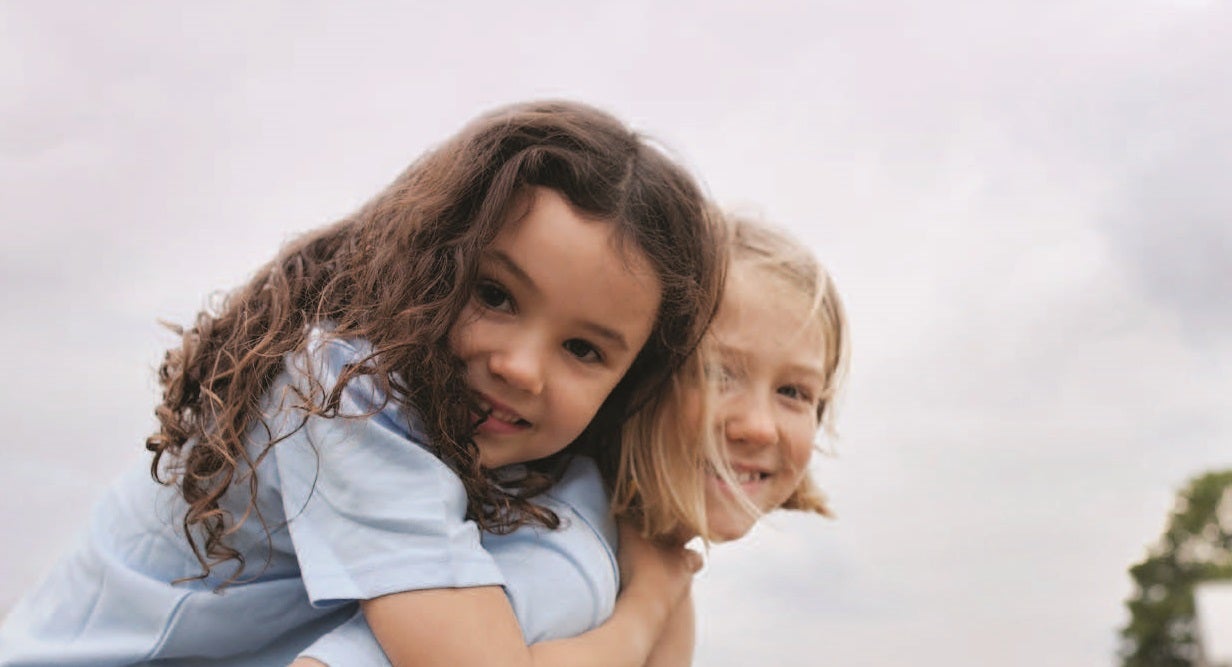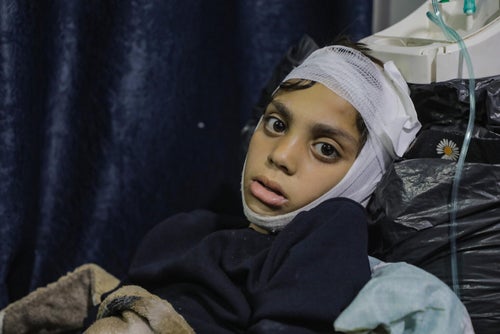What would it take to make Australia the best place to grow up? That’s a question UNICEF Australia and ARACY (Australian Research Alliance for Children and Youth) are working to understand. We share a common goal: for all children and young people in Australia to have every opportunity to thrive.
We have joined forces to measure and track children's wellbeing in Australia through the Children’s Wellbeing Index. This index is an Australian first that measures the holistic wellbeing of Australia’s children and young people, is evidence-based and looks at the lives of all Australian children.
This will help to identify areas for improvement and enable the development of policies and programs to support children's health, education, and development, making Australia a better place for children to grow up.
"If we are serious about changing the game for children’s wellbeing, we need to ensure that our decisions, priorities, and investment choices are all data informed."
What is wellbeing?
Wellbeing can be thought of as a child or young person having everything they need to thrive and reach their full potential. It encompasses all areas of a child’s life, which are linked and interdependent. Children have the right to live a safe, full and rewarding life, under the United Nations Convention on the Rights of the Child. For a good life, children and young people need to be loved, valued and safe; to have their basic material needs met; to be learning; to be healthy; to participate; and to have a positive sense of their identity and culture. This is what wellbeing means.
Learn more about the reportA story about data, a story about change. Where does Australia stand?
"While most children in Australia are faring well, there remains much work to ensure that all children can thrive."
The Index tells us that most Australian children are doing well – they have access to food and education and are optimistic about the future.
Here is what Australia is doing well:
- More than 4 in every 5 children attend preschool.
- About 4 in every 5 adults aged 18-24 years report feeling able to have a say among family and friends on important issues all or most of the time.
- 91% of children are fully immunised at age 2.
But it also shows that there are areas needing urgent attention including stagnant poverty, increased mental health distress, and unacceptable inequity for Aboriginal and Torres Strait Islander children.
Building a better future, for every child
In the report, there are also a few key indicators which give a snapshot of where Australia needs to improve for children. Here are the 3 main things you need to know:
1. 1 in 6 children live below the national poverty line.
Inequitable conditions mean that 1 in 6 children and young people experience deprivation - things like not having enough food, adequate housing, or educational resources. It's not just one thing that's lacking - these disadvantages compound each other and make it harder for these kids to succeed.
If we want all children and young people in Australia to thrive, we need to focus our policies and practices on addressing these inequities. By doing so, we can create a brighter future, for every child.
2. Almost 95% of children do not meet the daily recommended intake of vegetables.
A vast majority of children aged 2-18 in Australia fail to meet the daily recommended intake of vegetables. A staggering 95% of them don't consume enough fruit and vegetables, which is a crucial component of a healthy diet. This highlights the need for initiatives and programs that promote healthy eating habits and ensure that children have access to nutritious food options.
3. Aboriginal and Torres Strait Islander children under 18 years are 7 times more likely to be in out of home care than the population average.
Out of home care is the most severe response within the child protection system, indicating a critical need for intervention. Although there has been a slight improvement in recent data, rates of children in out of home care have generally been on the rise. Currently, approximately 1 child in every 125 is living in out of home care, yet 7 in 125 being Aboriginal and Torres Strait Islander children.
This statistic highlights the deep-rooted social inequities that persist and the inability of the current child protection system to adequately support vulnerable Aboriginal and Torres Strait Islander families.
"The voices of Aboriginal people are often marginalised in public policy conversations about Aboriginal children and families, particularly those families doing it tough to overcome the challenges they face and support their children to thrive."
Close the Gap
The launch of the Index coincides with Close the Gap Day – a timely reminder that not all Australia’s children have an equal chance in life, and that by measuring our progress we are accountable and can continue to work towards our goals. We know that better data helps get us closer to better outcomes, and we need to make sure we are measuring the right things, in the right way, and at the right times.
By setting every child up for success, not only do they benefit, but society benefits. This report highlights the importance of investing in children and their future, and it represents a step towards a brighter future for all Australian children and young people.

The wellbeing of Australia’s children
The Australian Children’s Wellbeing Index by UNICEF Australia and ARACY helps us to understand and improve the lives of children and young people in Australia. It tells us what we need to do now and into the future to make sure every child is loved, safe, educated, participating, healthy and has a positive sense of identity and culture.
Related articles
Stay up-to-date on UNICEF's work in Australia and around the world
















